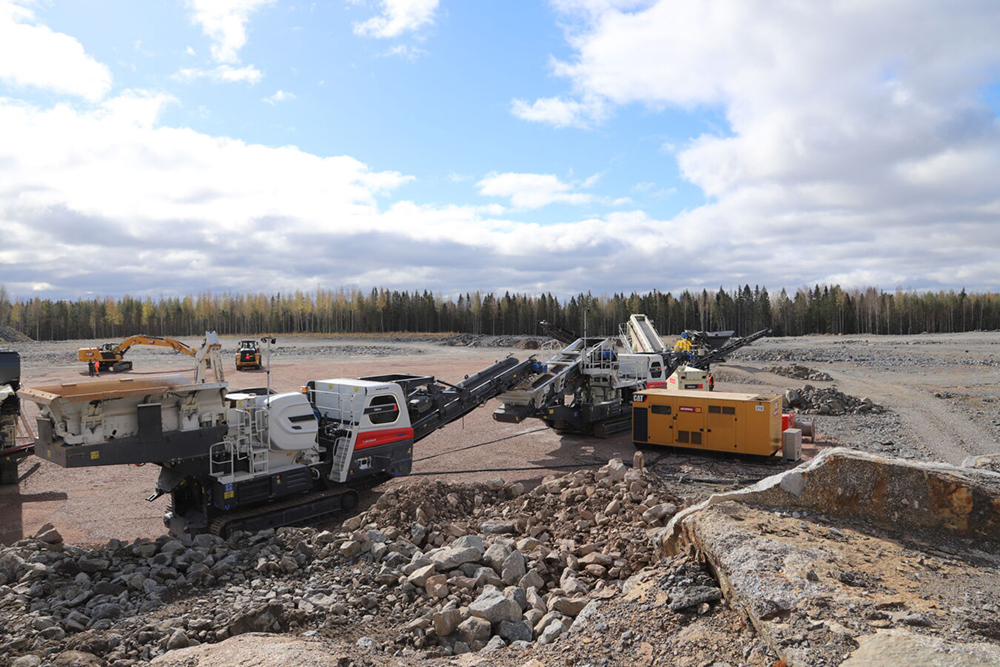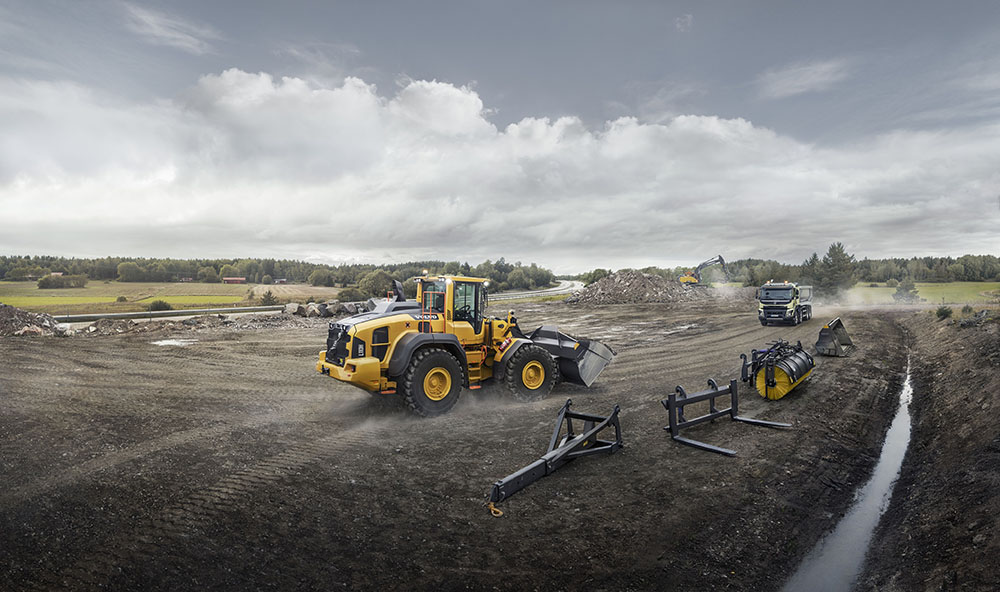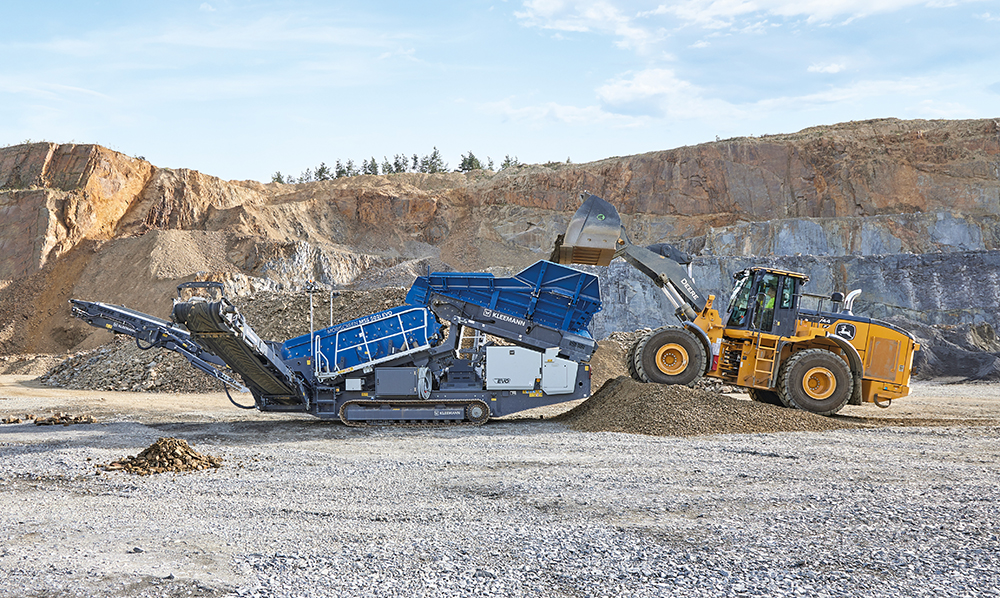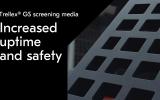
During the mining and quarrying process, ore materials come into contact with rubber more than any other surface. Michael Kelleher, Linatex product manager, Weir Minerals Europe, outlines why choosing a high-quality rubber to protect equipment can significantly reduce downtime, saving operations both time and money.
The process of excavating ore from mine sites and crushing it into particles of the required size and shape ready for processing is, by nature, a high-impact exercise that requires equipment that is both durable and reliable.
This also applies to the wear line material chosen to protect equipment from the hard rock ore being processed. Hoses, pump linings, pipes, spools, valves and screen media all use rubber to prevent the equipment itself from being damaged by the abrasive materials with which it is in frequent contact.
Generally speaking, the higher quality of the rubber, the better the protection it offers, which in turn delivers a longer equipment lifespan and ultimately enhanced operational profitability. Additional benefits of using high grade rubber in operations include a reduction in changeouts and improved safety as a consequence of its longer service life.
There are many types and grades of rubber, ranging from 100% natural through to man-made synthetic. While they have common properties there are also significant performance differences, which makes it critical that the most suitable type of rubber is selected for each application. This applies to the lining of pumps, cyclones, liners, pipes and chutes that transport the ore slurry, as well as the lining of hoses and tanks that transport and contain chemical compounds.
Rubber components are more economical and easier to replace than metal liners or the actual parts of the process equipment itself. Even the finest quality rubber requires only a modest capital spend, making it money well spent when the enhanced performance and protection it offers is taken into consideration.
High grade rubber is a preferred alternative to metal linings, particularly where the material processed has high levels of hardness, as is the case with many metal ores. Rubber represents good value for money, is straightforward to replace compared to its metal equivalent and is more able to absorb the energy forces of the materials being processed.
Low-cost linings may appear economical at the time of purchase; however, using lower grade rubber products may actually increase the total cost of ownership for mining operators. This is because low quality rubber liners have shorter wear life, resulting in reduced efficiency and increased downtime as more changeouts have to be performed, in addition to the possibility of damage being caused to the equipment as a result of these factors.
Choosing a superior quality product will provide greater resilience and safeguard equipment for longer in a wider range of applications.
Made from natural latex, offering outstanding resistance to cutting, tearing and abrasion, it is also resistant to a wide range of chemicals, making it ideal for lining pipes, chutes or tanks, hoses, valves and pumps.
Linatex premium rubber is a multi-purpose natural rubber optimised for resistance to fine slurry abrasion. For drier applications such as screen media, where there is heavy impact or where noise and vibration are a concern, the Linard HD60 blend of natural and synthetic rubber is the best choice. It provides the cut, chip and chunk resistance needed in this arduous duty.
Linatex premium rubber extended wear performance by more than 24 months when it was selected to line a flexible slurry hose at a Turkish gold mine.
The mine uses a process that includes underground excavation, drilling haulage and back filling while the mineral processing entails crushing of the ore, grinding, milling, sizing, mill circuit processing, multi-stage floatation and tailing preparation.
The original tailings pipeline frequently wore out quickly, especially on 45° and 90° bends, requiring relining approximately every three months. The stainless steel pipework was unable to cope with the abrasive tailings slurry, resulting in ongoing, unplanned plant shutdowns.
Weir Minerals was tasked with providing a solution to reduce downtime while increasing productivity and efficiency.
The team installed Linatex premium rubber slurry hoses and hose bends into the pipeline. A range of engineered, flexible slurry hose and hose bends was designed to match the steel pipe.
The solution provided outstanding wear performance, increasing wear life of the Linatex lined hoses and bends to more than two years, with the additional bonus of greater flexibility, easing installation. A safer workspace through the reduction in “at risk” work a much lower ongoing cost for the customer and a higher throughput.








